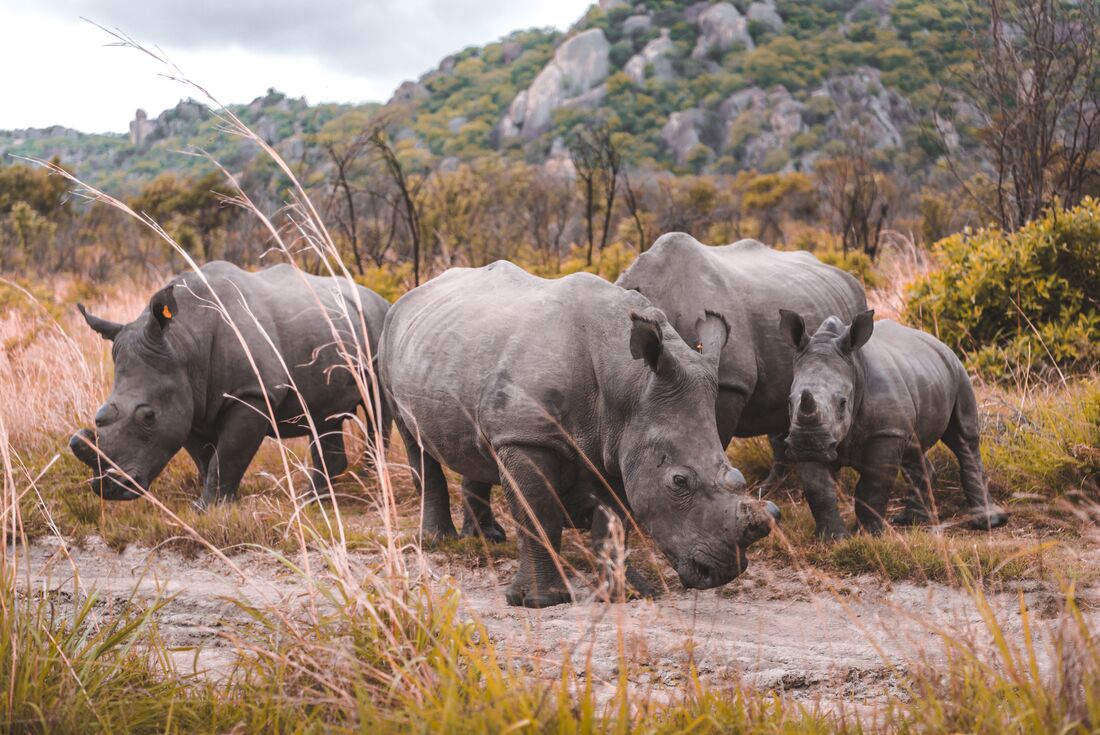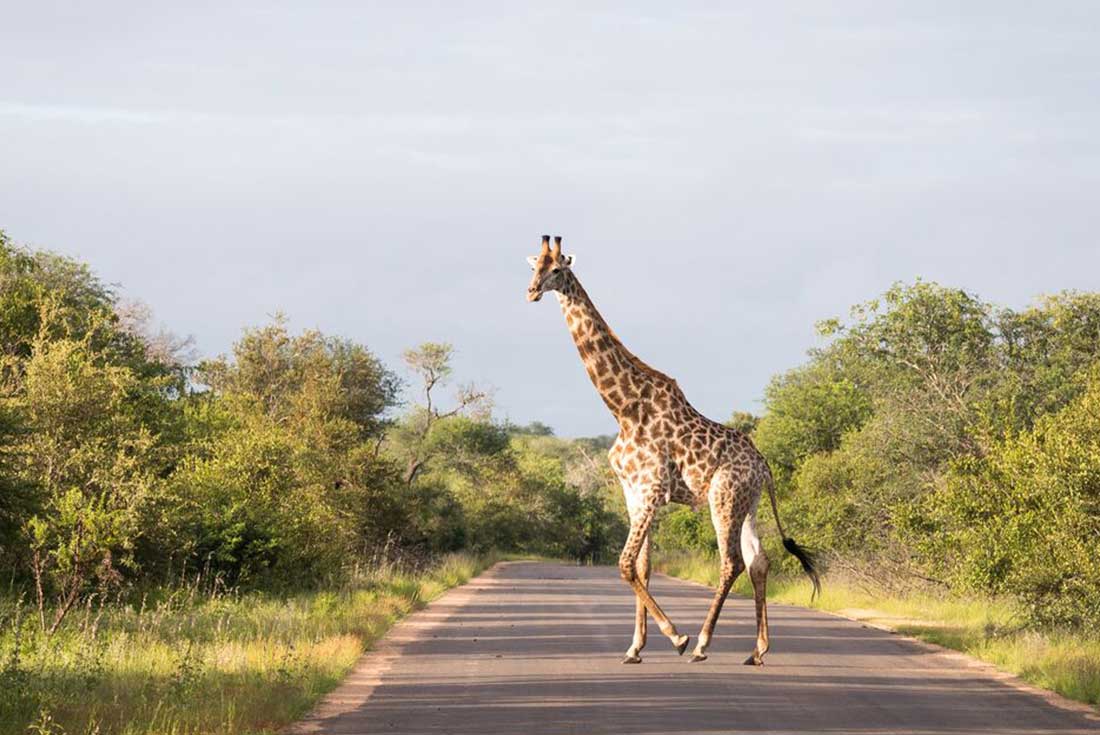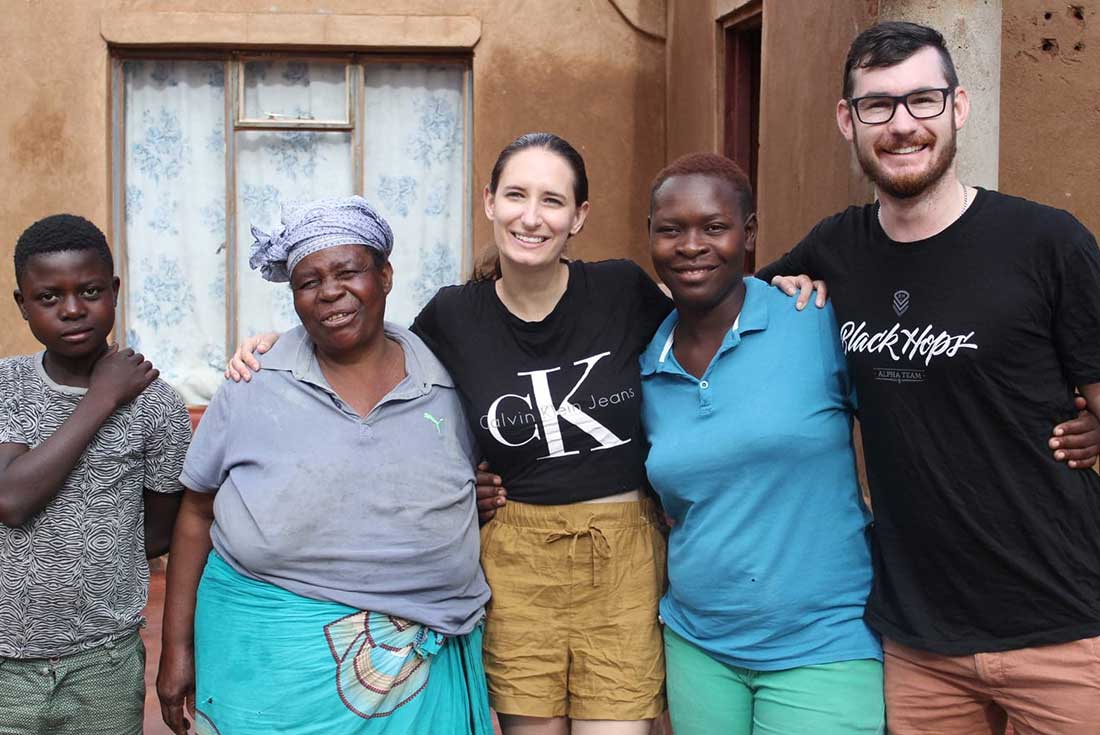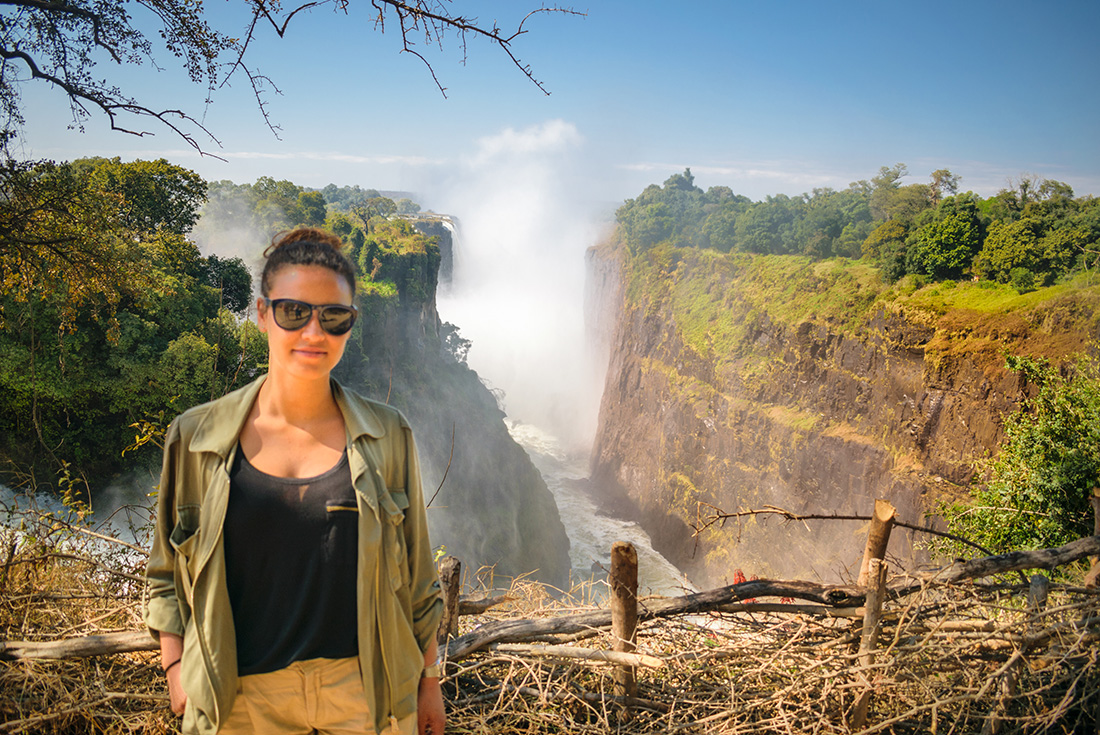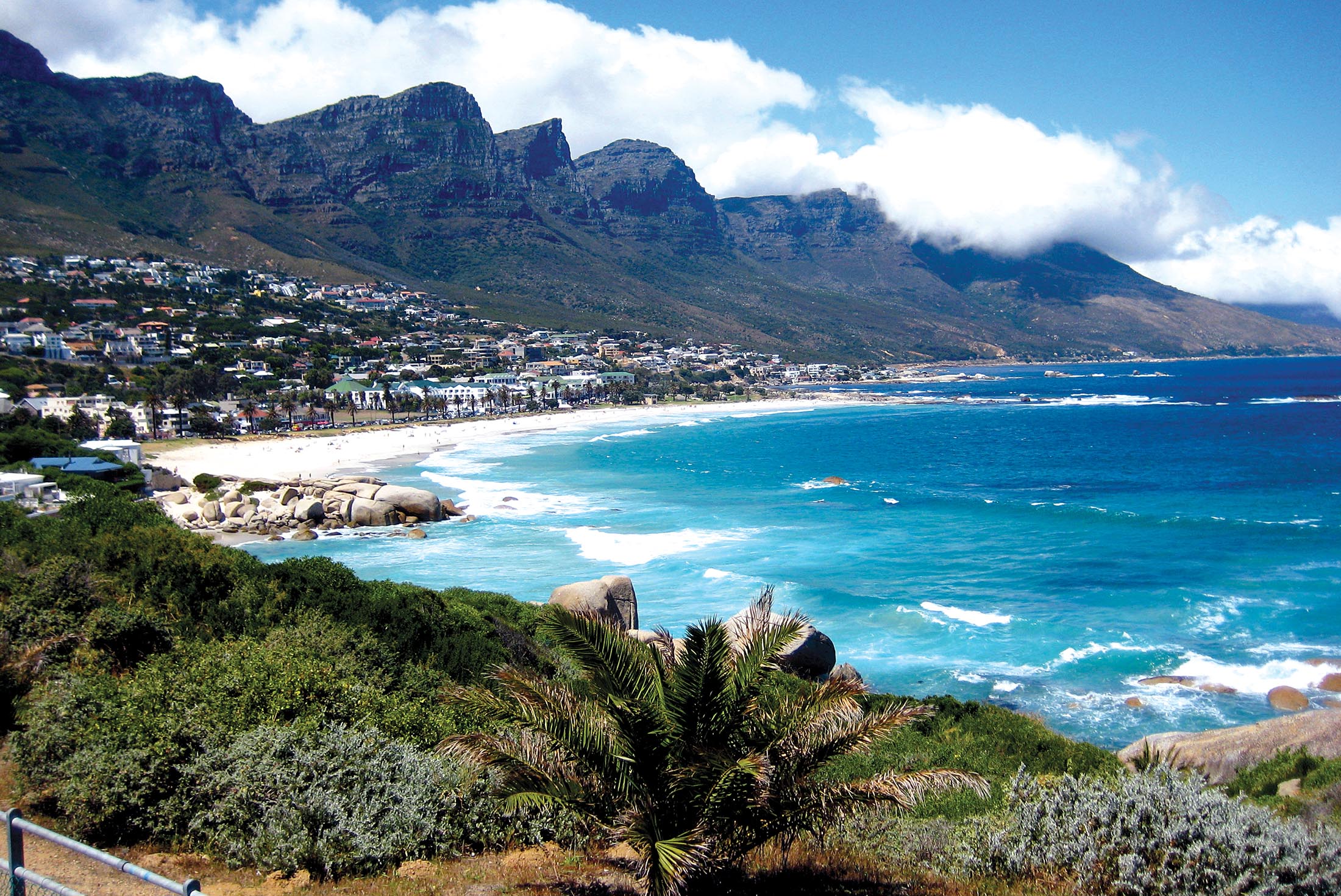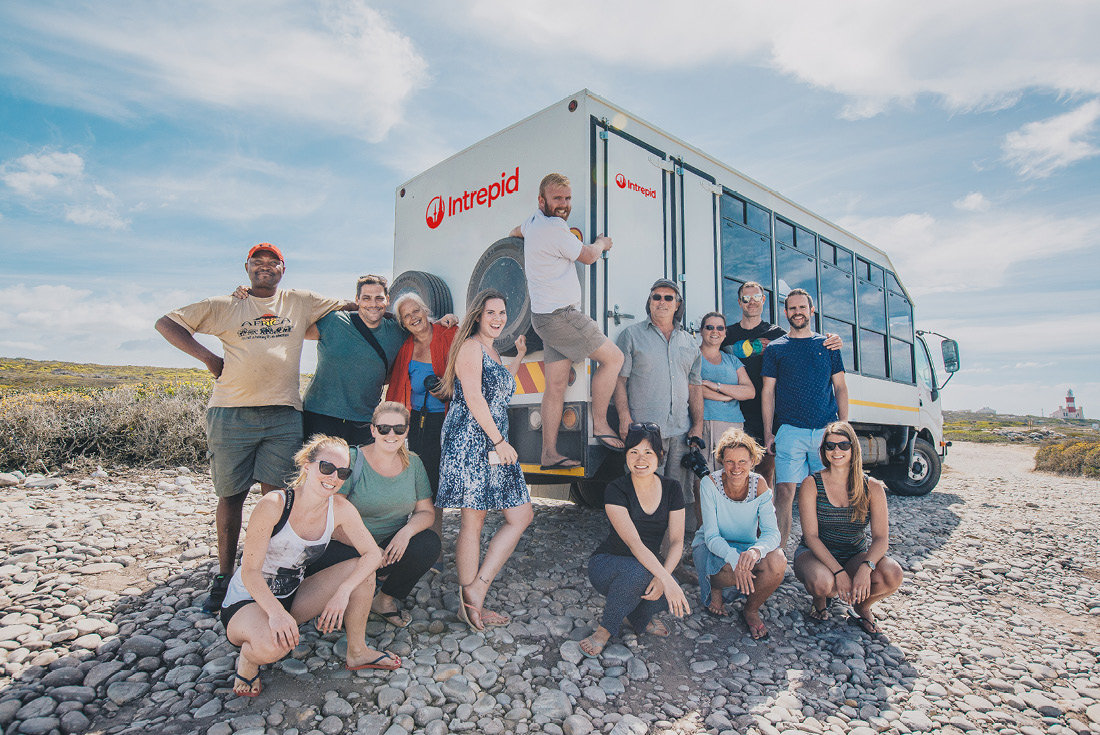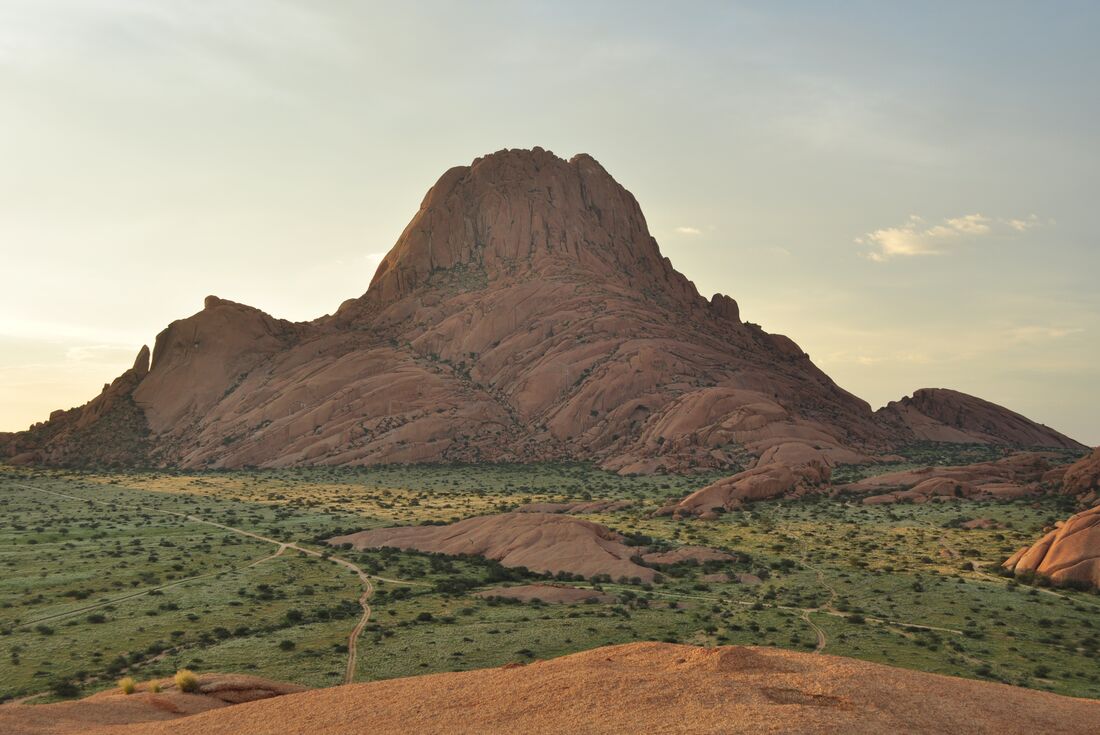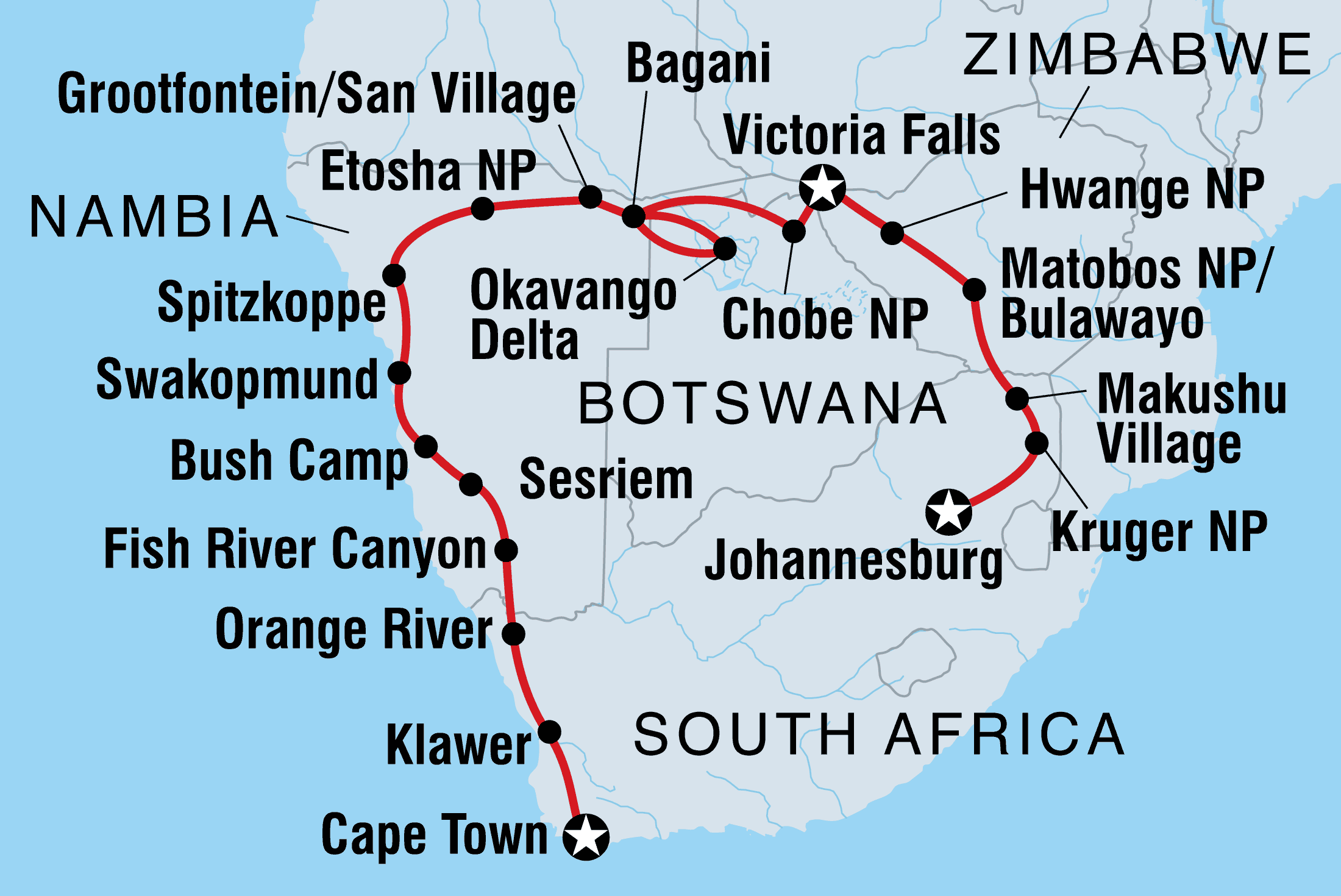SUMMARY
Get set for an adventure packed with majestic wildlife, remote desert landscapes and natural wonders in southern Africa. This is the ultimate small-group adventure, from the stunning beauty of Cape Town and burnt orange sunsets over Namibia's Fish River Canyon to a river cruise through Chobe National Park. Get set to canoe down the Okavango Delta, embark on a game drives in Kruger and Etosha national parks and admire the raw power of Victoria Falls from multiple angles. With plenty of time to explore at your own pace, plus a local crew with all the best advice, see this chunk of Africa with ease and independence in 30 unforgettable days.
TOTAL DURATION : 30 Days
GROUP SIZE : MIN 1 MAX 22
TOUR ITINERARY AND DATES
START : Cape Town
END : Johannesburg
COUNTRIES VISITED : Botswana,Namibia,South Africa,Zimbabwe
Validity : 01 JAN 2024 To 31 DEC 2024
Day :1
Location : Cape Town
Sawubona! Welcome to South Africa. With its stunning coastline, modern cityscape and nearby mountains, Cape Town is one of Africa's most exciting cities. Your adventure begins with a welcome meeting at 6 pm this evening. You can arrive at any time as there are no activities planned until this important meeting. If you do happen to arrive early, why not get out and explore Cape Town, perhaps taking a walk in Newlands Forest, jumping on the Table Mountain Aerial Cableway, or heading down to the waterfront to see Cape Town Stadium up close.
Day :2
Location : Western Cape
Leaving Cape Town behind, travel up the Western Cape. Sit back, relax and enjoy the sprawling scenery. Tonight, you will stay on a working farm with your small group. This is a great chance to gain an insight into everyday life in this remote part of South Africa.
Day :3
Location : Orange River
Journey to the Orange River, the beautiful natural border between South Africa and Namibia. On the way, you'll pass through Namaqualand, which is renowned for its wildflowers that spring up from late July to mid-September. Traditionally known as the Gariep River, the Orange River is the longest in South Africa (2200 km). Its source is high up in the Drakensberg mountain range in Lesotho, and it flows into the Atlantic Ocean at Alexander Bay in South Africa.
Day :4
Location : Fish River Canyon
This morning there is the chance for an optional canoe adventure on the Orange River. Floating leisurely down the stream is a great way to discover the beauty of this region. Head further west into the desert lands of Namibia towards Fish River Canyon. At 500 m deep and over 160 km long, Fish River Canyon is one of the largest canyons in the world. At any time of year there are remarkable photographic opportunities here as you watch the colour of the granite rocks change as the sun goes down.
Day :5
Location : Sesriem
Be ready for a long travel day as you drive toward the fabled dunes of Namibia. You will have the opportunity to stop at a market or shop to stock up on supplies before tomorrow's bush camp. When you arrive, stretch your legs and take in the exciting desert scenes. You will be situated in the most famous part of the Namib Desert, among the vast dune fields, the most spectacular of which are found near the Sesriem Canyon. Get an early night in preparation for your dawn hike tomorrow.
Day :6
Location : Sossusvlei / Bush Camp
Wake up before dawn and scramble to the top of the dunes for a dramatic sunrise view across a vast sea of sand. The colour changes as the sun creeps up above the horizon, and the views are nothing short of incredible, providing a spectacular setting for your brunch. The dunes themselves are some of the highest in the world and home to much animal life. Afterwards, jump in the back of a pickup truck for a trip to Sossusvlei – the incredible salt and clay pan just nearby. You'll have plenty of time to explore this mysterious desert oddity. In the afternoon, drive to your bush camp in the heart of the Namib Desert.
Day :7
Location : Swakopmund
Continue to Swakopmund today. Surrounded by the massive dune fields of the Namib Desert on three sides and the Atlantic Ocean on the other, Swakopmund is an ideal place for outdoor activities. The township has an interesting German–Namibian atmosphere, which makes it a pleasant place to simply walk around and explore.
Day :8
Location : Swakopmund
With free time today, it's worth checking out the Germanic architecture and taking advantage of some excellent souvenir shopping. If you're after a dose of history and culture, you can stop in at the lighthouse and visit the Swakopmund Museum. Active types and thrill-seekers might like to take advantage of the many outdoor activities on offer – this town is the adventure-sports mecca of Namibia.
Day :9
Location : Swakopmund
With another free day in this beautiful seaside town, you might like to do some reading, relaxing and swimming. Alternatively, you can venture further afield – perhaps to the Okakambe Trails or the Camel Farm (both located in the same area, around 12 km east of town). A horse ride or camel ride is a great way to see the desert from a different perspective.
Day :10
Location : Spitzkoppe
Travel to Spitzkoppe today. Experience the sight, sound and smell of thousands of olive-coloured seals on the shores of Cape Cross while travelling up the Atlantic Coast. Visit one of the most stunning areas of Namibia, the wild lands around the mountain of Spitzkoppe, also known as the Matterhorn of Namibia. Although you shouldn't try to climb to the top, there are some excellent hikes and guided walks throughout the area, which is rich in plant life and even has some bush paintings to be found. The Spitzkoppe is known for its stunning beauty and the thousands of ancient Bushmen rock art paintings that are still viewable. Be sure to look out for the sunset from your bush camp this evening – the landscape is known to take on dazzling oranges and reds.
Day :11
Location : Etosha National Park
This morning, set off and travel to Etosha National Park, stopping at a market or shop and ATM if required. Etosha is among the world's premier places to view wildlife. A wide range of southern Africa's wildlife roams here, including all the big carnivores and the five rare or endangered species, including black rhino, Hartmann's mountain zebra, black-faced impala, roan antelope and the tiny Damara dik-dik. Tonight, there is an option to take an evening game drive in the park before spending the night at the particularly spectacular Okaukuejo Camp. The camp overlooks a floodlit waterhole visited by many different species throughout the day and night.
Day :12
Location : Etosha National Park
Enjoy a full-day game drive in Etosha National Park. Game viewing in the park is relatively easy due to the constructed waterholes and the large, sparsely vegetated pans. The bushland surrounding the pans is difficult to see through, but there are enough clearings, pans and waterholes to usually allow for some sightings. Namibia has protected its game reserves against poaching, which means significant numbers of elephants, antelope and other herbivores reside here. This evening you will spend the night at Namutoni Camp.
Day :13
Location : Grootfontein/San People
Leaving Etosha behind and continue to your camp which is located 50 km outside Grootfontein. This will be your base for visiting the San people tomorrow. Arrive at your camp, stretch your legs, perhaps enjoy a cool drink and kick back with your fellow travellers.
Day :14
Location : Grootfontein
Embark on a 180-km round-trip to visit the San people. You'll go out walking with some of the tribe, listening to their stories and songs. You'll soon discover that they communicate in a unique and fascinating Khoisan dialect, commonly known as a 'clicking' language. The San are the oldest ethnic group in Namibia, having inhabited southern Africa for an estimated 20,000 years. Around 30,000 of them live in Namibia, but only 2000 still follow a traditional way of life. The San have a deep understanding of nature and ecology, living in harmony with their environment.
Day :15
Location : Bagani
Head to Bagani, where you will set up camp for the night. Bagani is a small, friendly town with some good hiking trails along the river and plenty of nice spots in which to relax and soak up the ambience. This area is the homestead of the local Mbukushu kings.
Day :16
Location : Okavango Delta
Drive across the border into Botswana and head south along the Okavango Panhandle (the narrowest part of the delta) to Seronga. Here you'll leave your vehicle and join your transport for the journey into the delta. Boarding boats out into the swamps, travel to Gao Island to meet your mokoro team and start exploring the Okavango Delta with them. Each mokoro (small dugout canoe) takes two people and is poled along through the meandering waterways by a local tribesman. Punting along past birds and lily pads, you'll hear hippos occasionally piercing the peaceful atmosphere with their charming grunts. On the first night here, you'll camp on an island away from civilisation.
Day :17
Location : Okavango Delta
Continue your trip around the delta and then return to Gao Island before heading to the relative civilisation of Umvuvu Camp with its (usually) hot showers and small bar. Today there is an option to take a nature walk with your guide. This is a great chance to discover the beautiful natural surrounds, gain some insight into the history of the local area and look out for animals such as giraffe, zebra and elephants.
Day :18
Location : Bagani
After your exciting Okavango adventure, return to Bagani for the night. There will be time to relax, or to take part in one of the many activities on offer. Bagani offers a range of boat trips and fishing excursions. There are also many excellent hiking trails to explore. Ask your leader about how to take up one of these options.
Day :19
Location : Chobe National Park
Setting off from Bagani this morning, embark on a pretty long drive. Don’t fear – your destination, the incredible Chobe National Park, will be well worth it. Enter Botswana at Goma border, which is also the gateway to the park. Once arrived, take an optional cruise down the Chobe River – one of the best ways to witness some of the park's many animals.
Day :20
Location : Chobe National Park
Enjoy an early-morning game drive. Adventuring through the park, you’ll have the opportunity to get up close to the wildlife. With luck you’ll spot a variety of creatures – lions, buffaloes and any number of exotic birds. Botswana's first national park is famous for its high concentration of elephants, so keep an eye out for them. They can often be seen swimming in the Chobe River. The river also attracts cheetahs, hippos, and crocodiles who like to sun themselves by the water's edge. In the afternoon, perhaps take an optional boat cruise to gain a different view of these amazing animals.
Day :21
Location : Victoria Falls
Travel on to Victoria Falls, crossing the border into Zimbabwe in time to have lunch on the banks of the Zambezi. Though a visit to Victoria Falls' is optional, it is highly recommended – if you didn’t see the waterfall, have you actually been to Victoria Falls? The staggering curtain of water is about 1.6 km and cascades 108 m into a narrow gorge below. In the wet season, the spray created can rise up an incredible 400 m and the falls become an impressive raging torrent. In the dry season, the view of the falls is unobstructed by spray and you can see little islets in the river below. Gather your travel crew together tonight for dinner, celebrating the southern Africa adventure and memories you’ve shared.
Day :22
Location : Victoria Falls
Guess what? You’re at the edge of the world's greatest curtain of falling water. Enjoy a day of free time to take up one of many activities in the area, including a flying fox, helicopter flight, bridge swing, or even a whitewater rafting experience! There are many ways to take in the sights and sounds of the falls. There will be a group meeting this evening to discuss the next stage of your itinerary.
Day :23
Location : Hwange National Park
After a little time to explore in the morning, you’ll leave Victoria Falls behind and head to Hwange National Park via the Victoria Falls Wildlife Trust – one of the projects The Intrepid Foundation supports. Here you can learn about the rescue and rehabilitation of wildlife, human-wildlife conflict and the Trust’s role in anti-poaching. There may also be a chance to meet any rescued or orphaned wildlife currently in their care. Hwange National Park became the royal hunting grounds of the Ndebele warrior-king Mzilikazi in the early 19th century and was set aside as a national park in 1929. Today, Hwange boasts a tremendous selection of wildlife, with over 100 species of mammals and nearly 400 bird species. The elephants of Hwange are world famous – here you'll find one of the largest elephant populations in Africa. Spend this afternoon exploring Hwange National Park and discover this stunning wildlife arena in an open 4WD vehicle with expert local guides. Keep your eyes out for wildlife and listen closely as your guides explain more about this area and the animals that call this place home.
Day :24
Location : Matobo National Park
Leave Hwange in your dust as you make tracks for Matobo National Park this morning. Shortly after leaving Hwange, stop at the Painted Dog Conservation Centre. The loss of quality habitat and poaching are driving the painted dog (also known as African wild dog) towards extinction. Learn about how they protect and increase the range and numbers of painted dogs in Zimbabwe and the Hwange ecosystem as a whole. Then it's on to Bulawayo, Zimbabwe's second-largest city. Take a stroll through the streets lined with old colonial buildings and stop in at a local cafe or restaurant for lunch before heading to your camp for the next two nights. Home to a large population of black and white rhinoceroses that can be tracked on foot, Matobo National Park is also the site of the grave of Cecil John Rhodes, the founder of Rhodesia and the De Beers diamond company. The Matobo area has great spiritual and cultural significance to the local people and there are many sites within the park where important ceremonies still take place.
Day :25
Location : Matobo National Park
Matobo National Park has an incredibly diverse range of birdlife and wildlife, and is home to both Black and White rhino. This morning, you have a unique opportunity to track white rhinos on foot with the help of an expert local guide. There will also be the chance to spot other game – the park is home to klipspringers, leopards, warthogs and springhares, among others. You can also learn about the various local plants and trees, including wild pear and paperbark, while discovering San paintings and the intriguing rock formations of the park. After a cold lunch, venture to a nearby village and meet some of the local people. You’ll gain a better understanding of the lives of these people when they were living in the hills, as well as meet with some of the local communities and personalities – including elderly chief Pondo, a character in his own right.
Day :26
Location : Tshipise
This morning we leave Matobo National Park and Zimbabwe behind and cross a very busy border post, the only direct border crossing between Zimbabwe and South Africa. We should arrive at our camping site located on the edge of Honnet Nature Reserve in the late afternoon. Relax and enjoy the extensive facilities available including an indoor and outdoor pool, putt putt, nature trail, and optional Game Drives.
Day :27
Location : Makushu Village
Make your way to Makushu – a small village in the Limpopo Province of South Africa. Upon arrival in Makushu, you’ll be met by a local village guide, who will ensure you are well taken care of. You’ll be staying with homestay host mothers in their family homes. With your own room within the family home, you will get a true feeling of what it’s like in the village – certainly a unique and memorable experience for travellers. With no two days the same for local villagers, some things you may get up to include beading, dancing, beer tasting and cooking. This evening is a true opportunity to interact with the local villagers and learn of traditional Venda ways.
Day :28
Location : Greater Kruger National Park - Black Mambas HQ
After breakfast today you’ll make the epic journey towards Greater Kruger National Park. Along the way, there will be an opportunity to stop at a shop or market for any camping supplies you or the group might need. Tonight you'll get the extraordinary opportunity to camp at the Black Mambas headquarters, located just outside of Kruger National Park. Supported by the Intrepid Foundation, the Black Mambas are the world's first all-female anti-poaching unit, made up of 36 young African women. Turning a traditionally male-dominated industry on its head, they’re putting their female prowess to work protecting the wildlife of Kruger National Park in an unconventional kind of way. You'll accompany them on a bush walk to discover how they find and destroy snares left by poachers. In the evening, enjoy dinner by lantern light then relax by the campfire and listen to the inspirational personal stories from The Black Mambas.
Day :29
Location : Kruger National Park
Rise early and have a light breakfast of coffee before embarking on a full-day 4WD game drive in Kruger National Park. One of the largest game reserves in Southern Africa, Kruger National Park is home to over 500 bird species, 100 species of reptile and 150 mammal species, including the Big Five and the endangered African wild dog. Your wildlife experience begins as soon as you enter the park. You will head straight into prime game viewing areas, spotting anything from antelopes and elands to cheetahs and rhinos. Later on, head out on a night drive with local park guides to spot nocturnal animals and perhaps even a night-time predator or two. Night drives provide the opportunity to spot Kruger National Park’s secretive nocturnal creatures and watch their activities in their natural environment. This drive traditionally lasts between 2 and 3 hours and you can expect to see a vast selection of nocturnal animals such as nightjars, servals, African wild cats, springhares and owls.
Day :30
Location : Johannesburg
It's time to head to Johannesburg. There’s plenty of time to stop and explore along the way. A notable stop – you’ll take in amazing vistas at the 3 Rondavals viewpoint over Blyde River Canyon and Bourke's Luck Potholes. This is a magnificent lookout where cloud cover is usually at a minimum. Your African safari adventure comes to an end once we arrive in Johannesburg this evening.
Reference : IT



